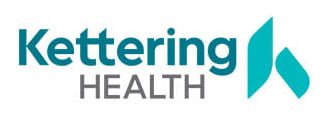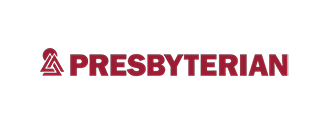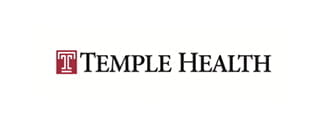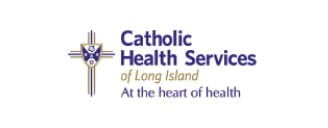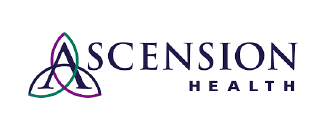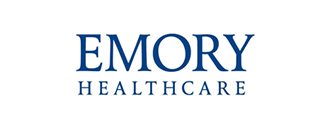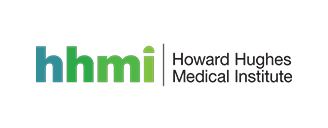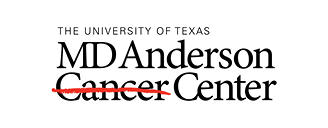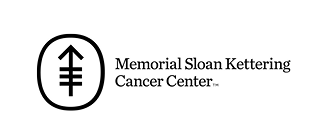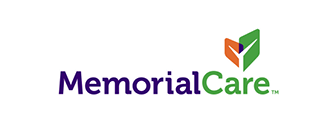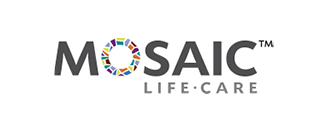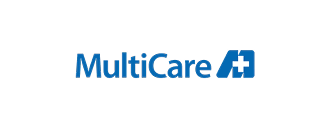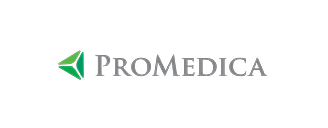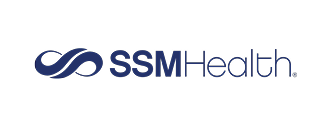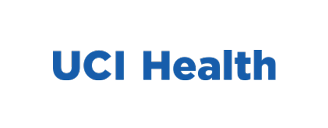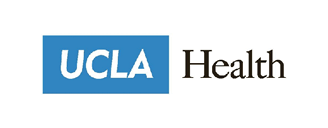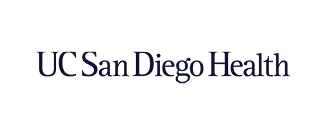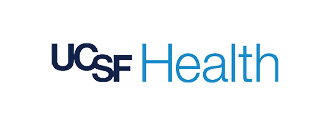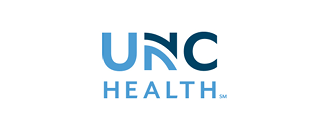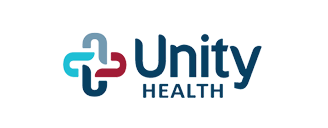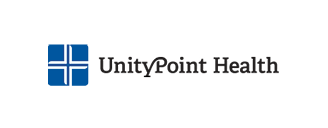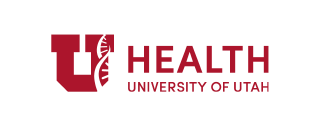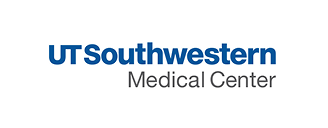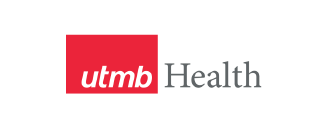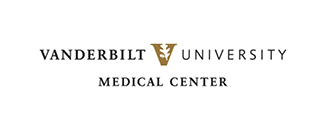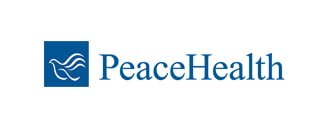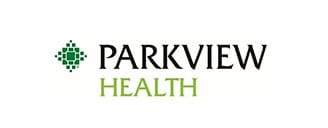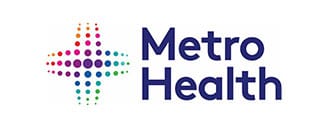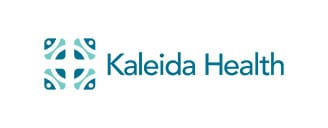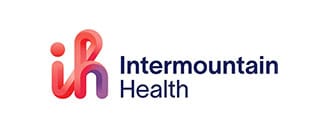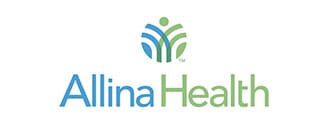Specialty pharmacy is a critical healthcare segment and growing by the day.
Over the past few years, specialty pharmacy drug spending has surged, climbing 43% from 2016 to 2021 and reaching a staggering of $301 billion. This trend is projected to continue, with the U.S. Department of Health and Human Services anticipating an annual growth rate of 8% through 2025.
So. in this rapidly evolving market, how can you distinguish yourself from others?
To remain competitive in specialty pharmacy, pharmacies must differentiate themselves through accreditation, contract negotiation, alternative distribution models, and overall patient experience.
Competitive advantages in specialty pharmacy
The most evident competitive advantage for specialty pharmacies is from a contractual standpoint: Specialty pharmacies must either obtain more contracts with manufacturers and payors or negotiate better terms on existing contracts (e.g., a lower wholesale acquisition cost or a higher reimbursement share from payers).
The ability to win new contracts and improve existing ones comes down to differentiation.
The most obvious way to achieve differentiation is with accreditation. With emerging types of specialty products, and numerous accreditation bodies, including the Utilization Review Accreditation Commission (URAC) and the Accreditation Commission for Health Care (ACHC), more differentiation channels are becoming available to pharmacies seeking to stand out and remain competitive in specialty pharmacy.
Drug distribution across the supply chain for high-cost specialty pharmaceuticals has been a key area of focus. Much oversight is needed for specialty medications, which can cost hundreds of thousands of dollars.
“That is why it’s critical for a pharmaceutical manufacturer to partner with the right channel partner for specialty pharmacy that hold the appropriate Specialty Pharmacy accreditation, (especially in rare and complex therapies),” says Mike Baldzicki, Chief Commercial Officer of Premier Pharmacy Services and a board member of the National Association of Specialty Pharmacy.
Alternate distribution models
There is appetite within the entire industry, including among manufacturers, for alternative distribution models.
These alternative distribution models can provide flexible invoice terms, create a robust warehouse network and delivery system, and offer timely support for new vendor processes and other customer compliance concerns. They can also improve efficiency in the return process.
Early adopters can start to extrapolate this out-of-the-box thinking down to the last mile, where delivery to patients happens. Competition in the segment boils down to one question: who did it best?
Asking for an ‘Amazon experience’
The shift to at-home care means shipping prescriptions to patients’ homes has taken on even greater importance. This, coupled with the rapid pace of pharmacological innovation, means there are more prescriptions to ship than ever.
And patients are expecting an Amazon-like experience.
TrajectRx, VPL’s Specialty Pharmacy Solution, empowers outpatient pharmacies by providing the cloud-based shipping, tracking, and compliance system needed to build stronger, smarter operations and:
- Get scripts out the door
- Track and trace them to their final destination
- Communicate shipping updates to patients and staff
- Compile necessary reporting and proof of delivery
For more information about how our software can help your pharmacy navigate the growth in specialty pharmacy, visit www.getvpl.com/pharmacy-solutions.
